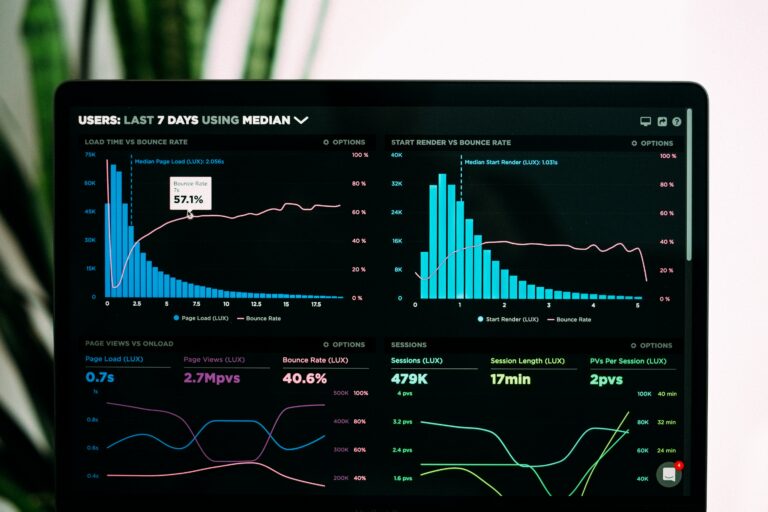In the fast-paced world of e-commerce, where competition is fierce and customer patience is thin, the performance of your online store can make or break your success. If you’re using WooCommerce—a leading e-commerce platform powering countless online shops—you might wonder: how essential is performance optimization? Let’s delve into the significance of WooCommerce Performance Optimization and why it’s indispensable for e-commerce triumph.
The Digital First Impression
Your online store is often the first interaction a potential customer has with your brand. Just as you wouldn’t want customers walking into a messy physical store, you wouldn’t want them to experience a slow-loading website. A fast, responsive site conveys professionalism, trustworthiness, and a commitment to user experience.
The Speed-Sales Connection
Multiple studies have shown a direct correlation between website speed and conversion rates. A mere one-second delay in page load time can result in a 7% reduction in conversions. For an online store making $100,000 a day, that’s a potential loss of $2.5 million in sales every year!
User Experience and Bounce Rates
Slow-loading sites aren’t just an annoyance; they can actively drive customers away. Nearly 40% of users will abandon a website if it takes more than 3 seconds to load. High bounce rates can negatively impact your search engine ranking, further reducing your store’s visibility.
SEO and Site Performance
Search engines, especially Google, place a significant emphasis on site speed. A faster website can lead to better search rankings, driving more organic traffic to your store. With the introduction of mobile-first indexing, ensuring your WooCommerce store is optimized for mobile devices is more critical than ever.
Scalability for Traffic Spikes
Holiday sales, flash promotions, or a successful marketing campaign can lead to sudden spikes in traffic. A well-optimized WooCommerce store ensures that your site remains stable and responsive, even during peak traffic times.
Tips for Getting Started with WooCommerce Performance Optimization
Choose a Reliable Hosting Provider: Not all hosting solutions are created equal. Opt for one that’s optimized for WooCommerce and can handle your store’s demands.
Optimize Images: Large, unoptimized images can significantly slow down your site. Use image compression tools and choose the right format for web display.
Implement Caching: Caching solutions can dramatically improve page load times by storing a static version of your website.
Minimize Plugins: While plugins can add valuable functionality to your store, having too many can bog down your site. Regularly audit and deactivate unnecessary plugins.
Stay Updated: Ensure WooCommerce, your theme, and plugins are always updated to the latest versions, which often include performance improvements.
Conclusion
In the realm of e-commerce, every second counts. Investing time and resources into WooCommerce Performance Optimization isn’t just a technical necessity—it’s a business strategy. By providing a swift and seamless shopping experience, you’re setting your online store up for success and ensuring customers keep coming back for more.



